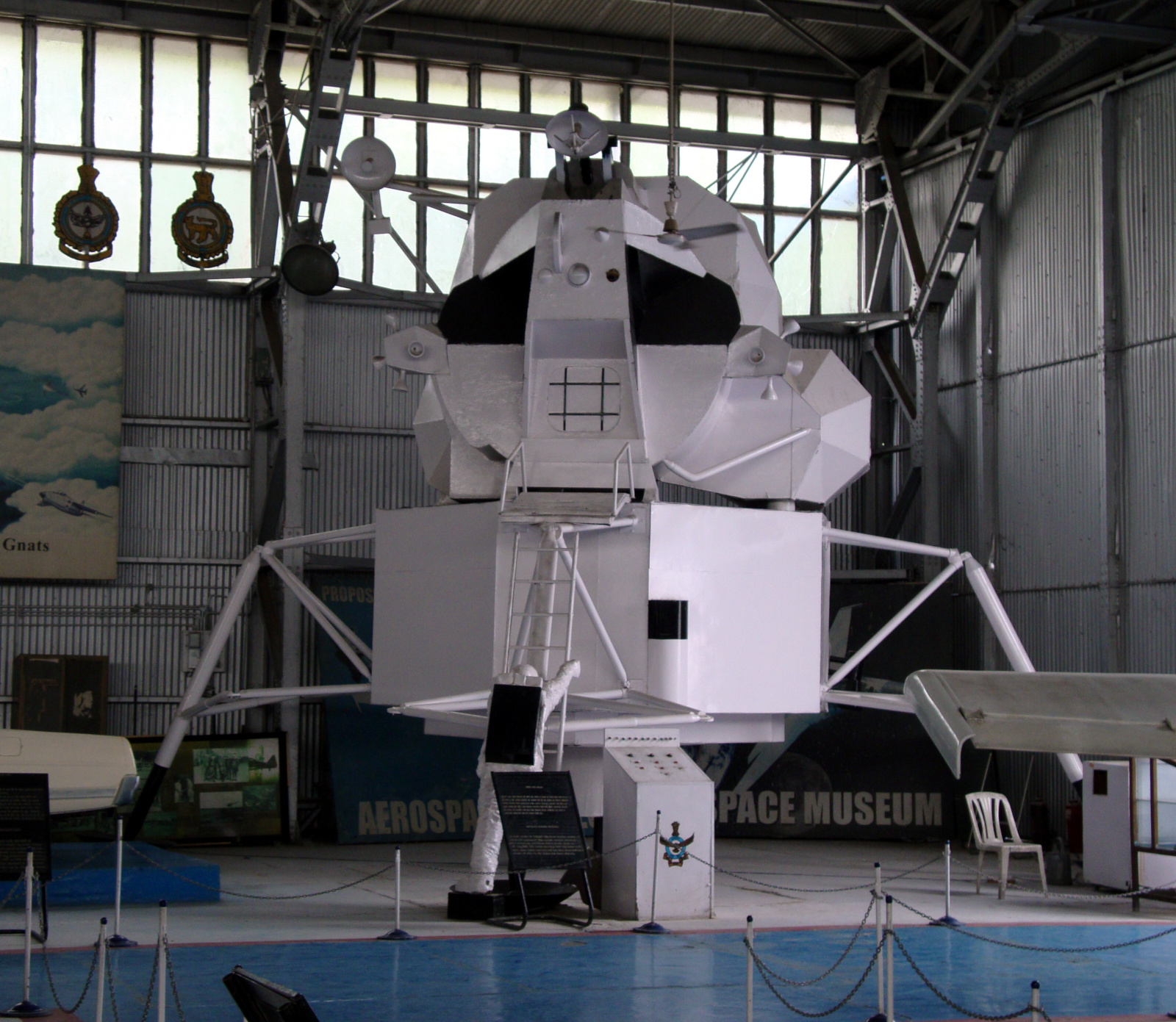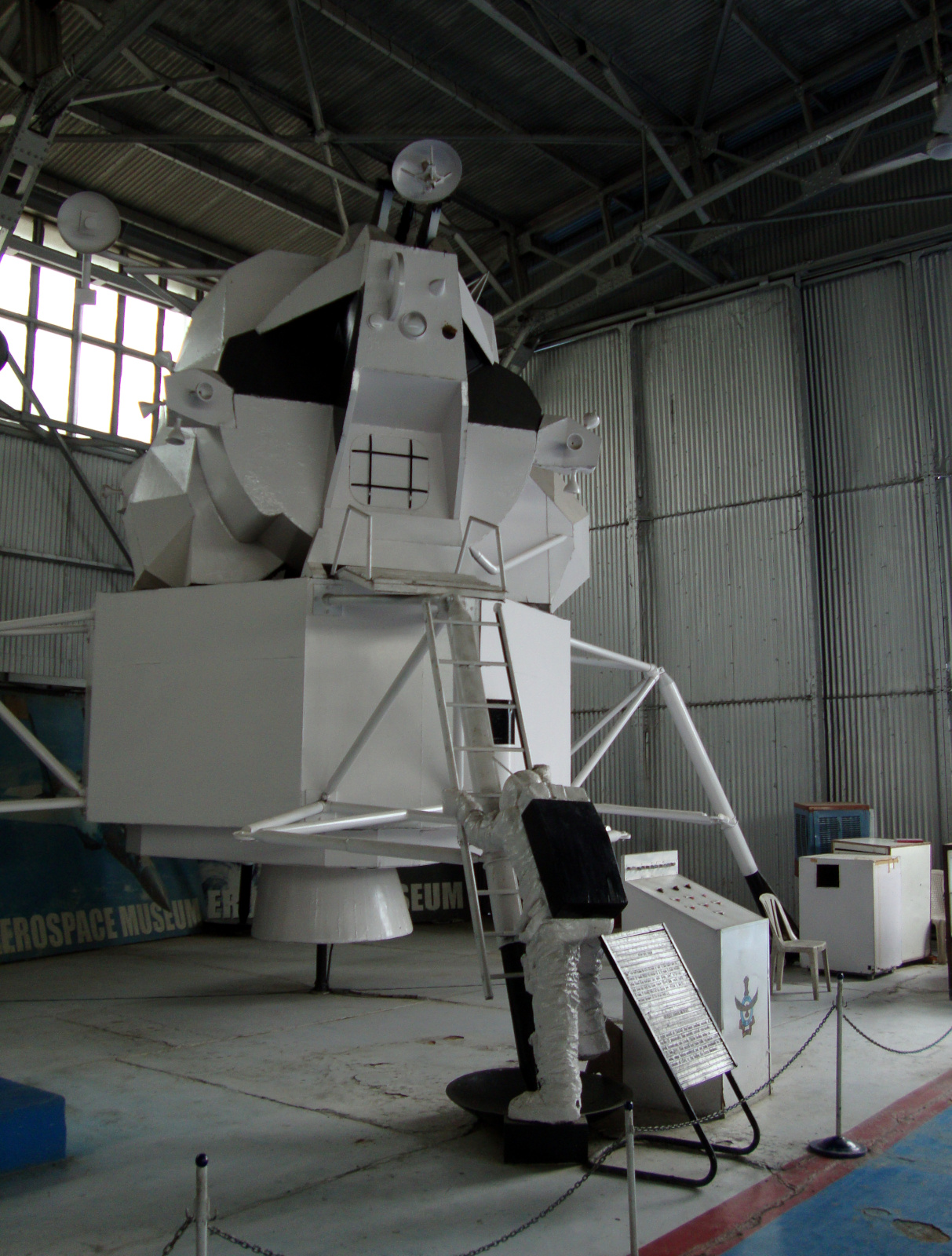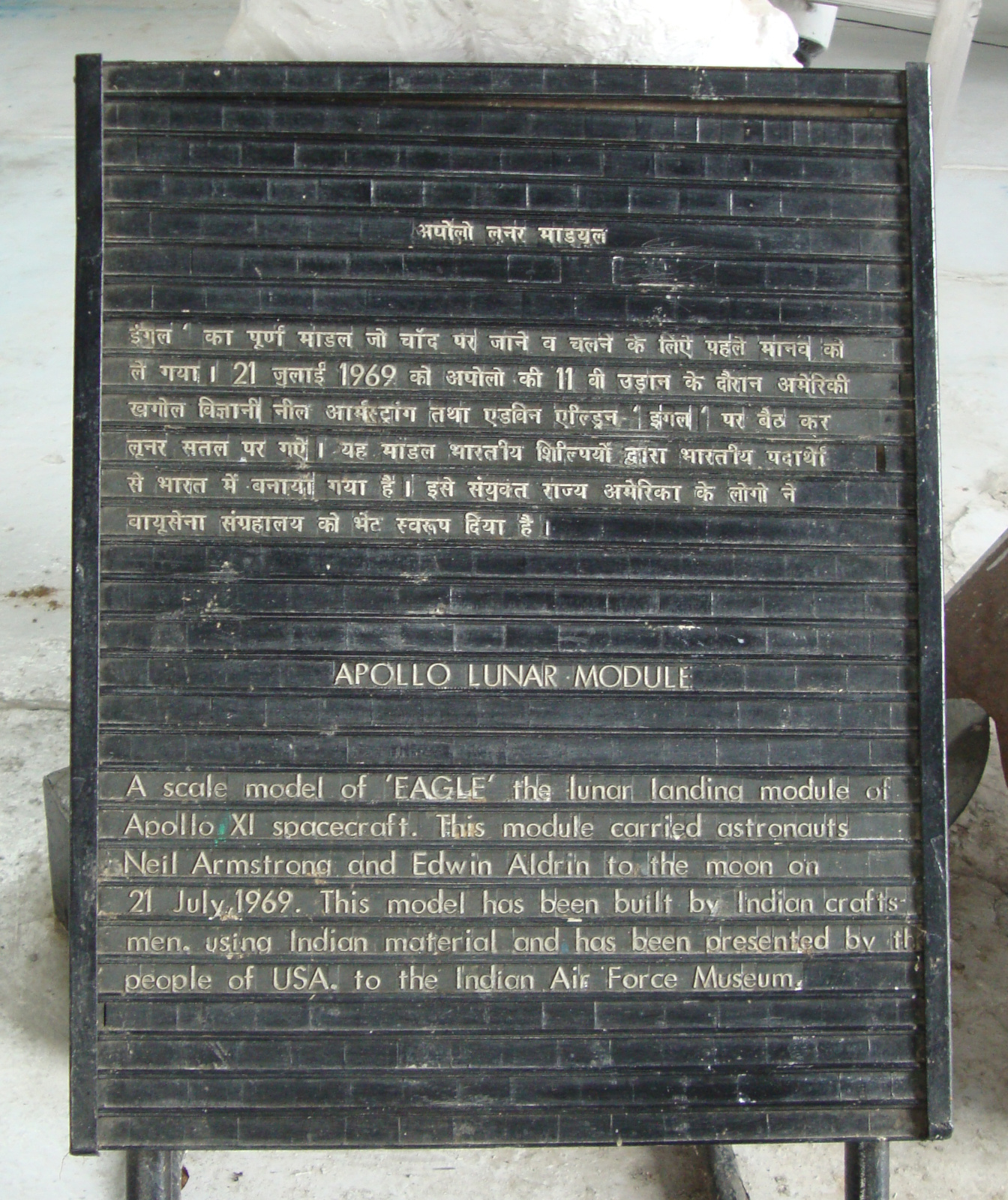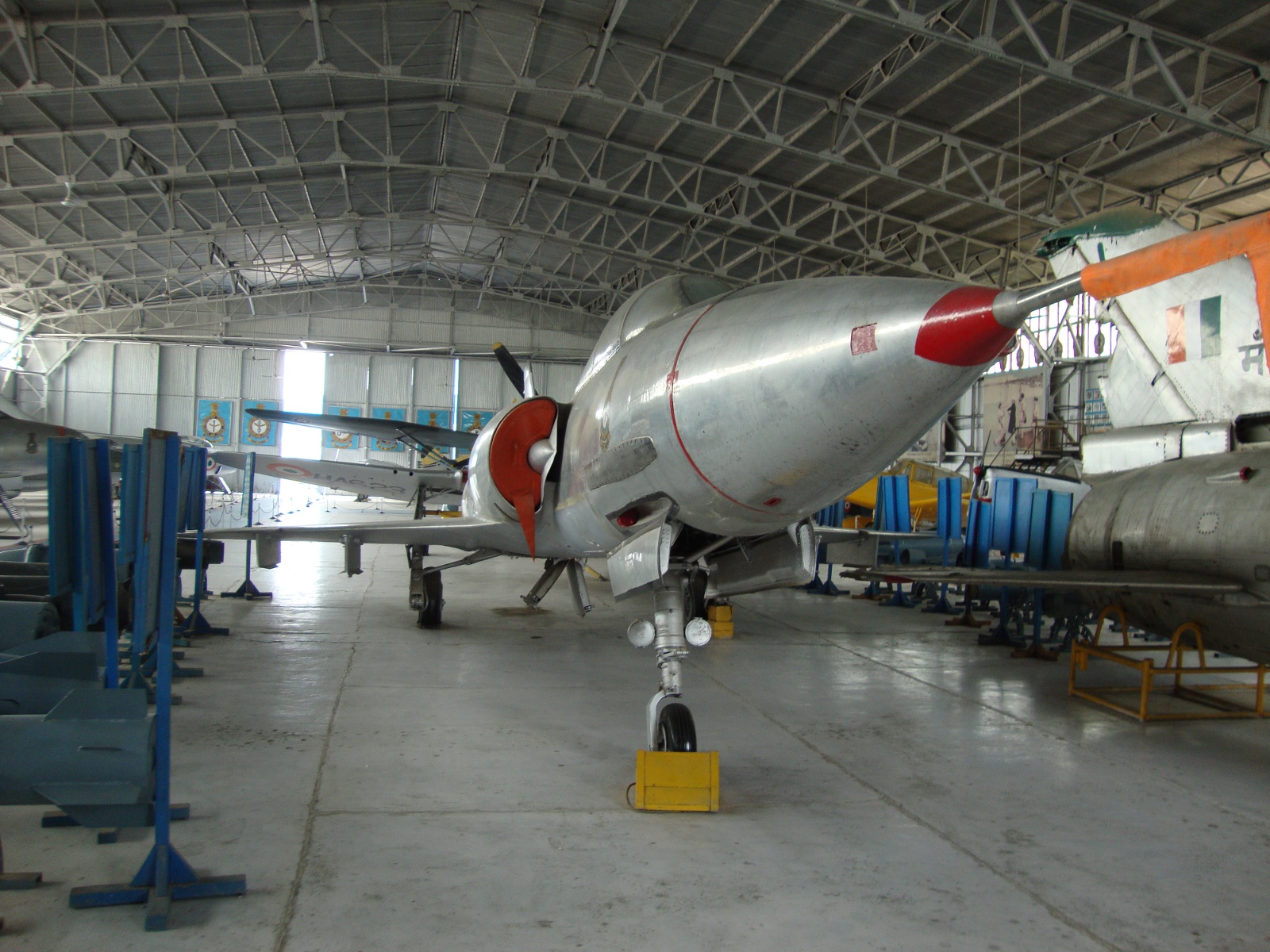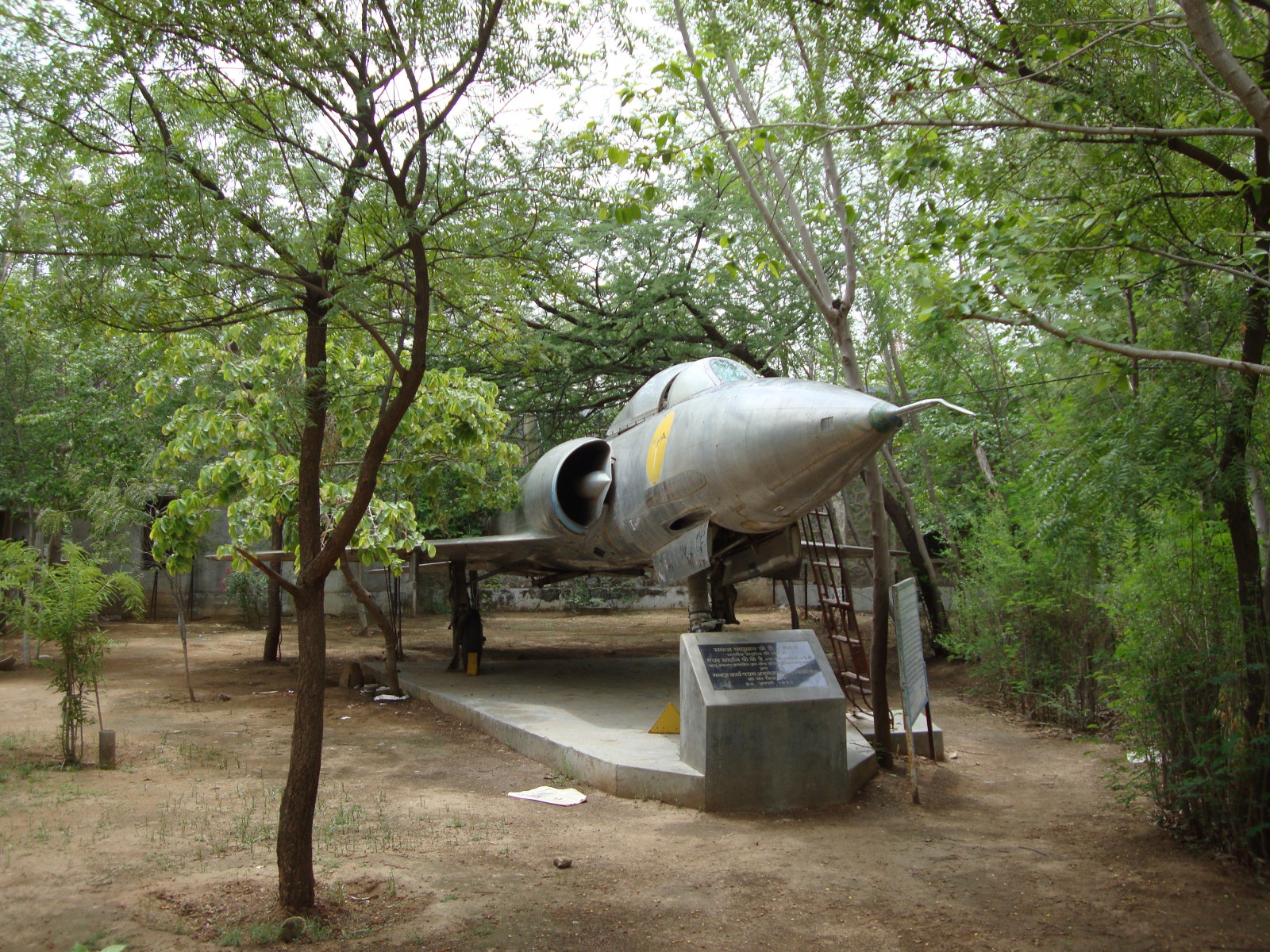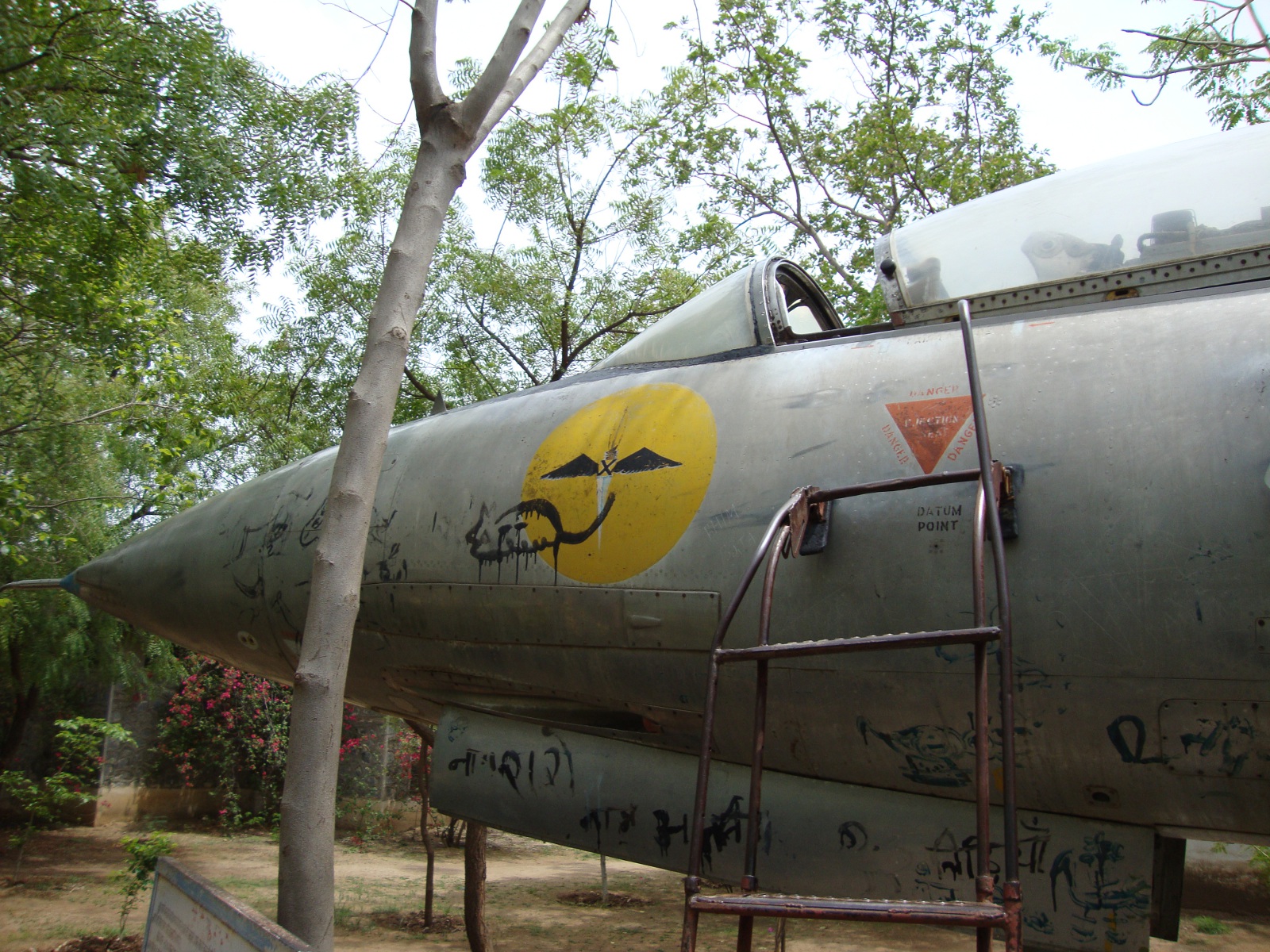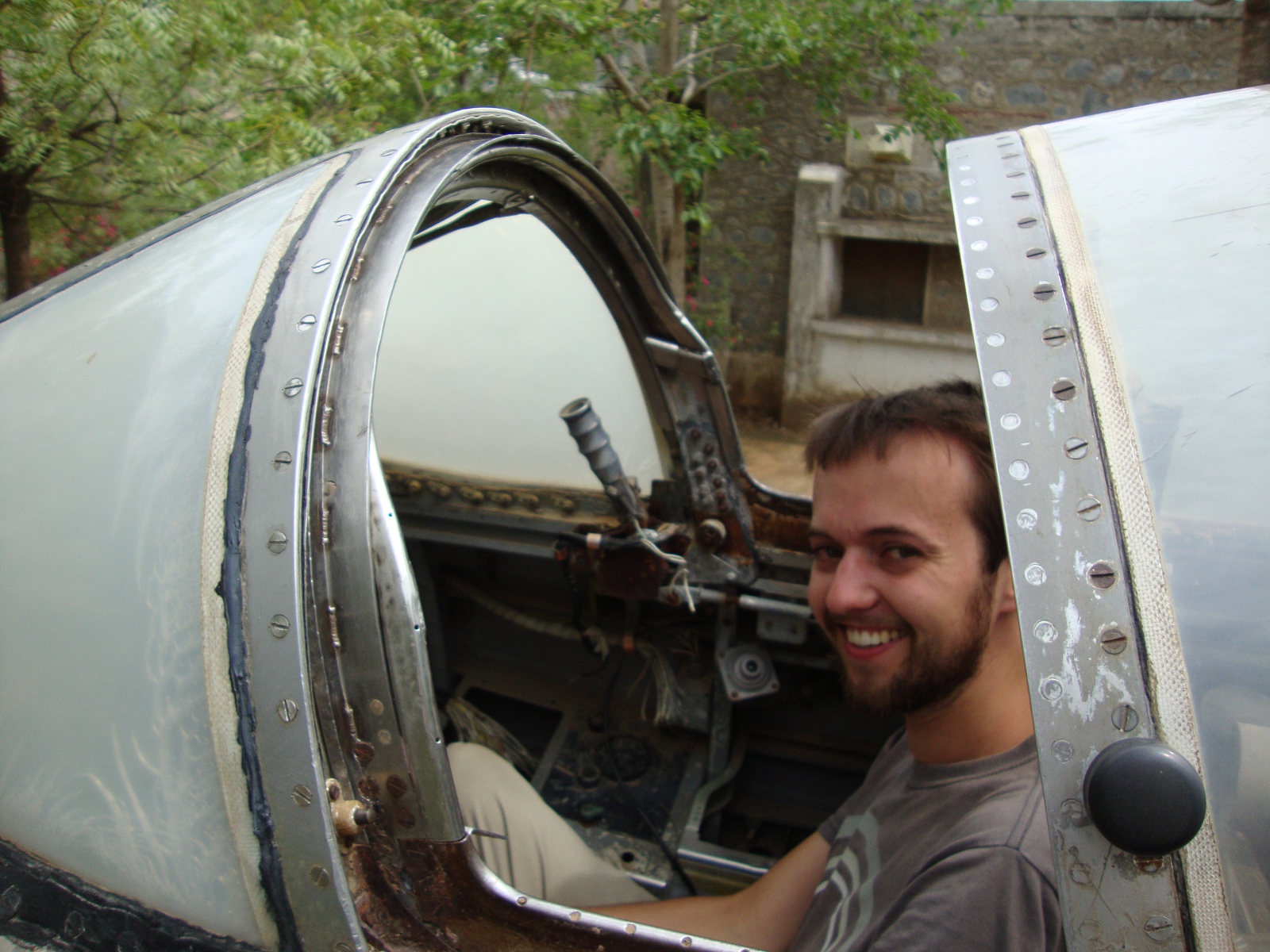In one corner of the Indian Air Force Museum in New Delhi, there is a something a little surprising: a life-size Apollo Lunar Module, the spacecraft that Neil Armstrong and eleven other American astronauts used to land on the moon six times from 1969 to 1972. The replica is nicely proportioned and seems to be complete in its major details, although the paint scheme (white with a little black trim) seems to reflect an earlier design iteration of the craft, before gold-colored foil insulation was added on the descent stage. The IAF Museum LM looks fairly like an Airfix 1/72-scale plastic model kit that has been blown up to life-size. It even has a white-suited astronaut at the bottom of the ladder, ready to step onto the surface of the moon.
What in the world is a Lunar Module doing in New Delhi?
In 1969, Apollo 11, the first moon-landing mission, received worldwide news coverage. At a time when the world seemed to be coming apart at the seams—because of the Cold War struggle between superpowers, proxy wars, and widespread youth protests—Apollo 11 provided a rare moment of unity for humankind. Interest in Apollo 11 was as strong in India as anywhere, as the mission received front-page coverage in national newspapers.
The US government was eager to capitalize on this rare flood of positive coverage. On July 14, just two days before the launch of Apollo 11, the US Information Service (USIS) opened an exhibition in New Delhi about the moon landing. The centerpiece of the exhibition was a purpose-built full-scale model of the Lunar Module—the replica that now stands in the IAF Museum.
The USIS Lunar Module was also on hand in Bombay three months later when the crew of Apollo 11 passed through the city on their round-the-world goodwill tour on behalf of President Richard Nixon. The model was displayed to the public on Azad Maidan until a month after the astronauts’ visit. According to the Times of India: “The 23-foot model rests on a simulated moonscape. With flickering lights and a swinging antenna, the model is exact in every exterior detail. It was built by Indian craftsmen in New Delhi.”
Judging from a photo printed with another Times of India article, the model has changed little since 1969. The astronaut perched at the bottom of the ladder even seems to the same. The only discernible difference is that the flag and words “UNITED STATES” on the descent stage have for some reason been removed.
The Lunar Module at the IAF Museum is a relic of a time when the world was briefly united because of an American accomplishment, and the US government was ready to take advantage of the occasion.

